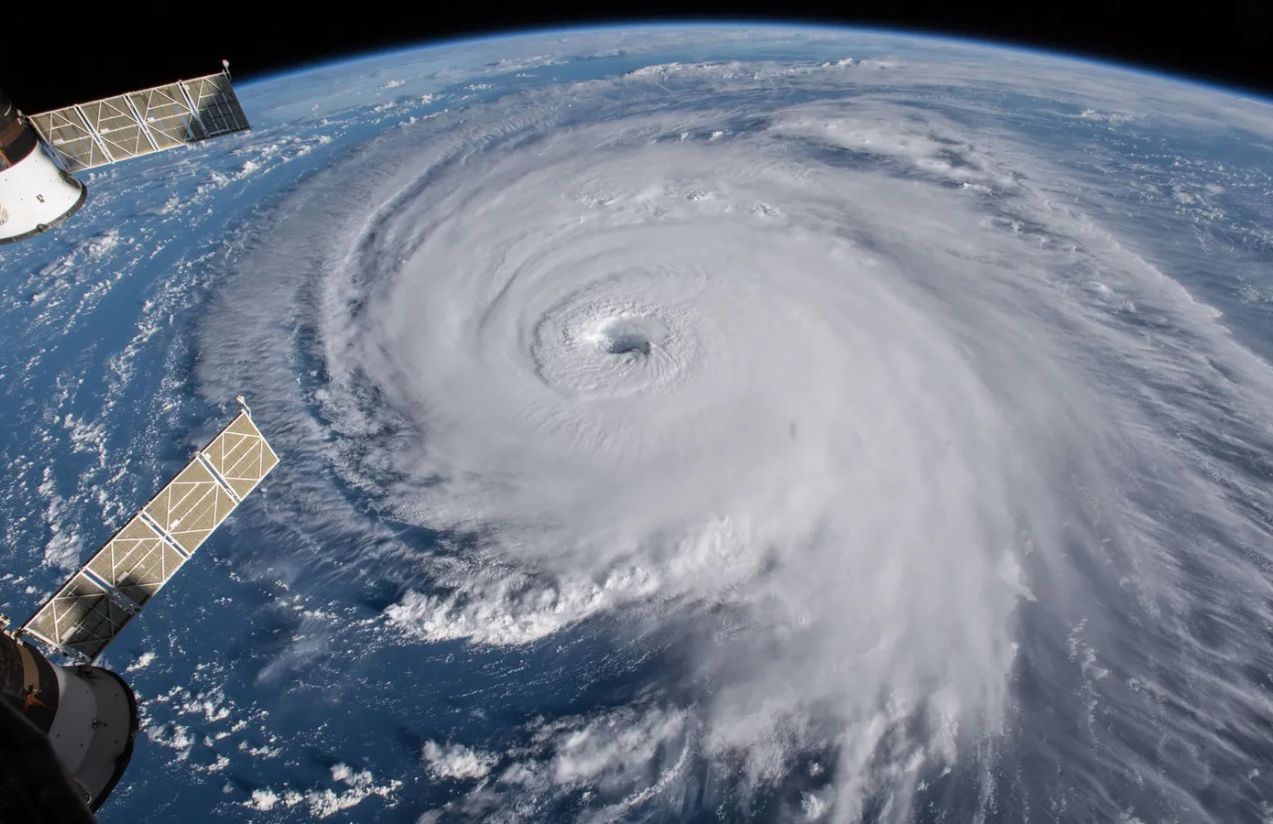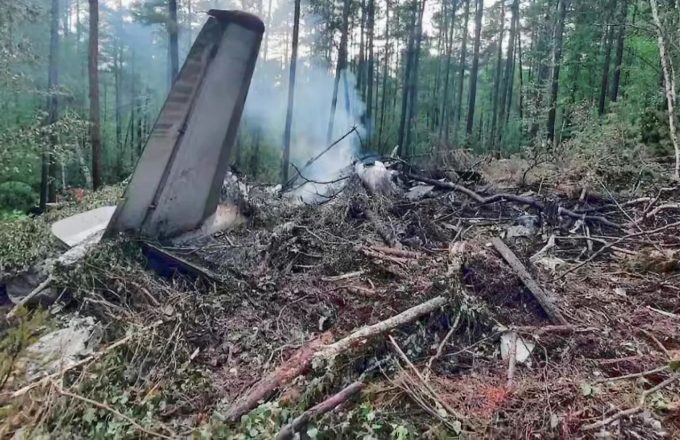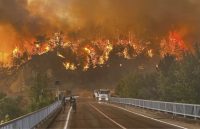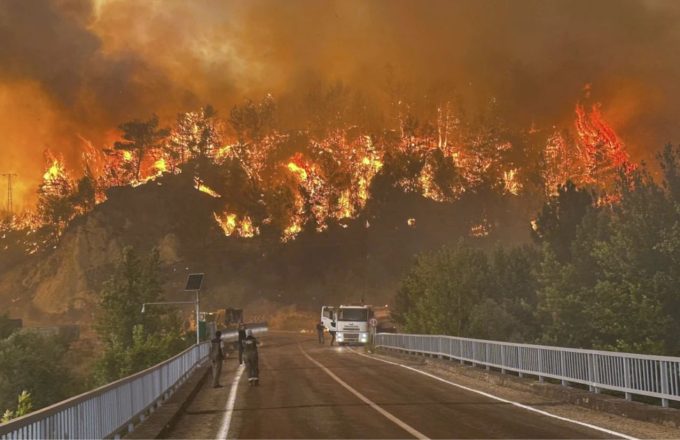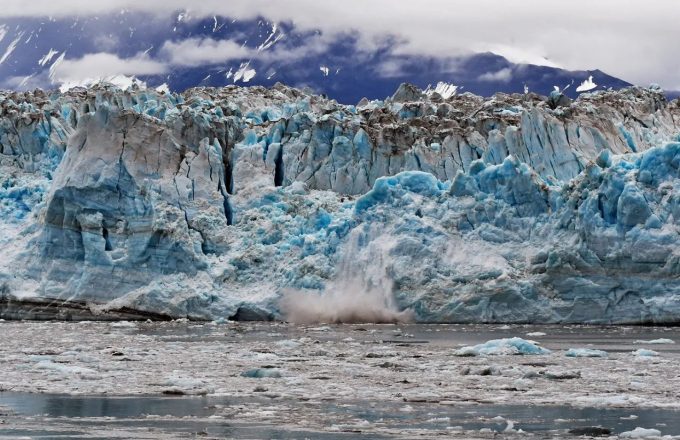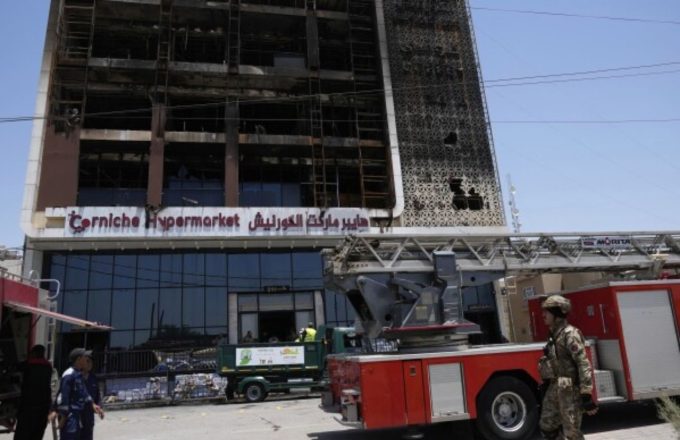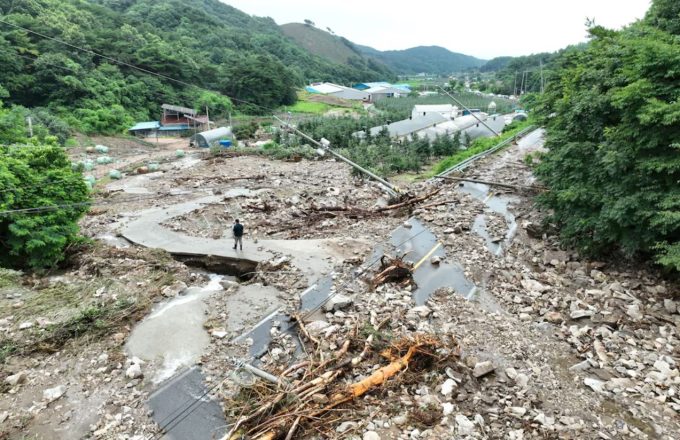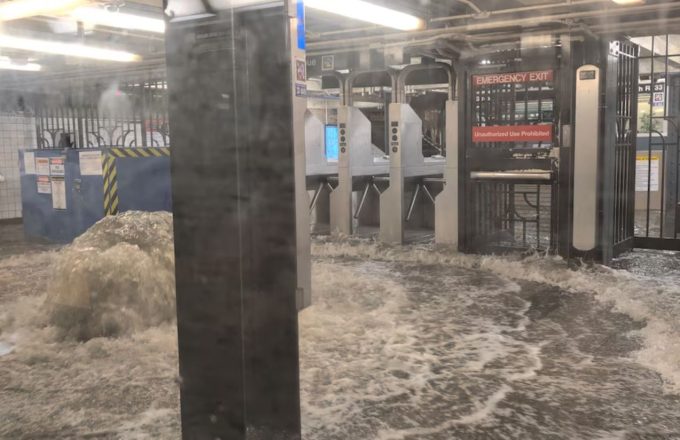Tropical Storm Flossie continues to gain strength over the Pacific Ocean, off the southern coast of Mexico. According to the National Meteorological Service (SMN) and the U.S. National Hurricane Center (NHC), the system could intensify further in the coming hours, with potential impacts on several coastal states.
Trajectory and Formation
Flossie originated from a low-pressure disturbance near the coasts of Guatemala and southern Chiapas and Oaxaca, with an increasing chance of developing into a tropical cyclone between June 27 and 29.
It is currently moving slowly west-northwest, parallel to the Mexican coastline. Forecast models suggest a possible landfall near Oaxaca or Chiapas, though there is also a scenario where the system may remain offshore and gradually weaken.
Intensification and Current Category
On June 30, Flossie was officially designated a tropical storm and later strengthened into a Category 1 hurricane off the coast of Colima. By July 1, it reached Category 2, with sustained winds of up to 155 km/h (85 knots).
Meteorologists project further strengthening over the next 24 hours, followed by a period of rapid weakening as the system moves out to open sea.
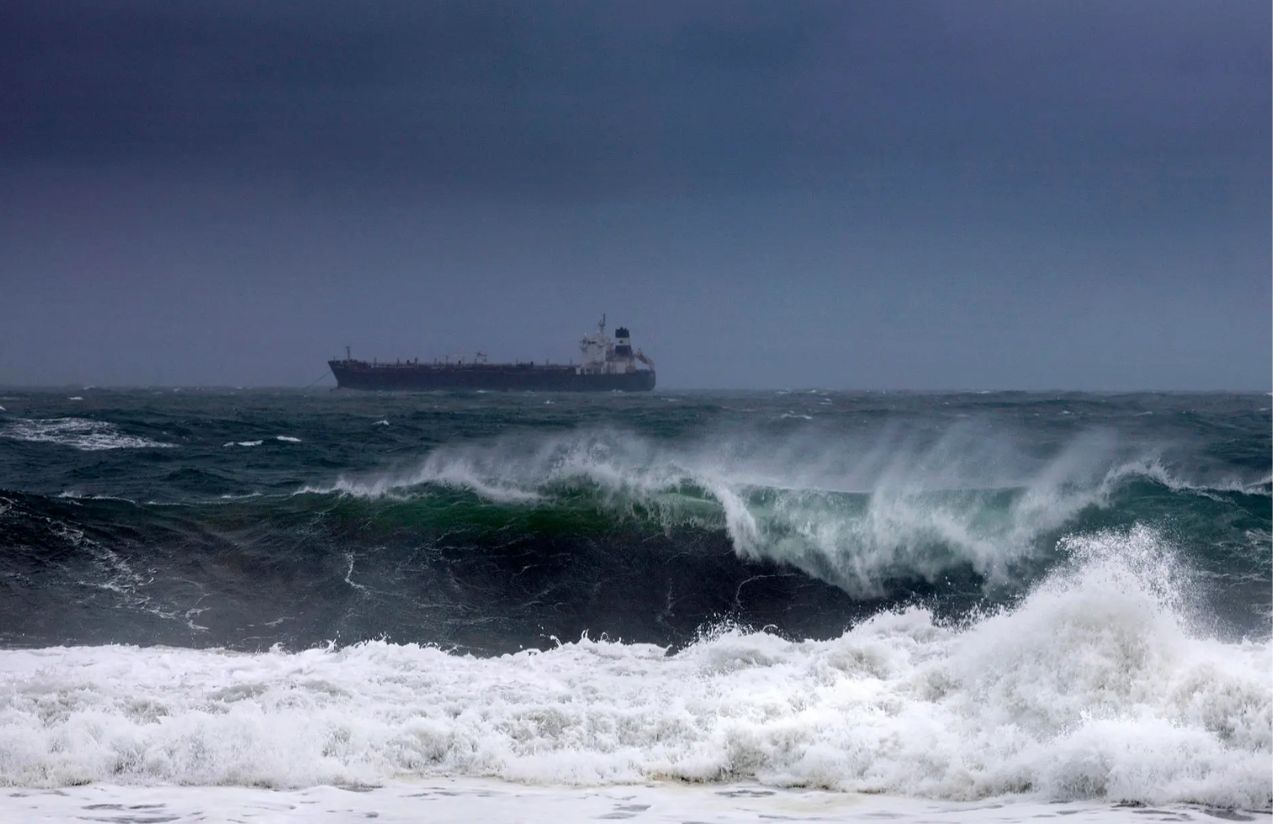
Impact on Land
Heavy rains have already been reported in Guerrero, Michoacán, and Oaxaca, with torrential downpours affecting certain areas. Authorities warn of:
- Flash floods
- Thunderstorms
- Landslides in mountainous areas
- High surf, with waves reaching up to 3.5 meters along the coast
Recent Context: Still Recovering from Erick
This new storm comes just days after the region suffered the effects of Hurricane Erick, which struck Oaxaca as a Category 4 hurricane between June 16 and 20, causing flooding, power outages, and severe structural damage in several communities.
Official Recommendations
Civil Protection authorities and the SMN continue to monitor the situation along the southern and western coasts, from Chiapas to Jalisco. The public is urged to:
- Stay updated through official weather alerts
- Avoid crossing rivers and flooded roads
- Secure rooftops and outdoor structures
- Review and prepare emergency plans
2025 Pacific Hurricane Season Overview
The Eastern Pacific hurricane season, which began on May 15, has already produced six named systems so far:
- Alvin
- Bárbara (Category 1)
- Cosme
- Dalila
- Erick (Category 4)
- Flossie (Category 2)


